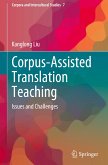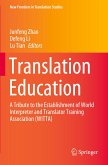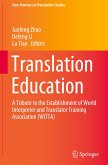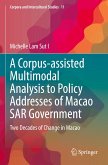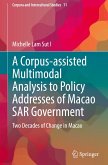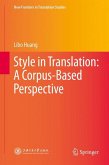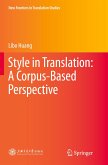This book sheds new light on corpus-assisted translation pedagogy, an intersection of three distinct but cognate disciplines: corpus linguistics, translation and pedagogy. By taking an innovative and empirical approach to translation teaching, the study utilizes mixed methods, including translation experiments, surveys and in-depth focus groups. The results demonstrated the unique advantages and at the same time called attention to possible pitfalls of using corpora for translation teaching purposes. This book enriches our understanding of corpus application in the setting of translation between Chinese and English, two languages which are each distinctly different from one another. Readers will also discover new horizons in this burgeoning and interdisciplinary field of research.
This book appeals to a broad readership, from scholars and researchers who are interested in translation technology to widen the scope of translation studies, translation trainers in search of effective teaching approaches to a growing number of cross-disciplinary postgraduate students longing to improve their translation skills and competence.
This book appeals to a broad readership, from scholars and researchers who are interested in translation technology to widen the scope of translation studies, translation trainers in search of effective teaching approaches to a growing number of cross-disciplinary postgraduate students longing to improve their translation skills and competence.
"An innovative and valuable source ... . Liu's work is best appreciated when read in one sitting. The consistent flow of information and the research findings, as well as the enjoyable readership of the content ... . Scholars and researchers in this area of inquiry should not miss the book ... . the language of the content is pleasant and reads well for an international readership; the content of the book is well presented in a coherent and easy-to-understand way." (Mehrdad Vasheghani Farahani and Masood Khoshsaligheh, Babel, Vol. 67 (6), 2021)


